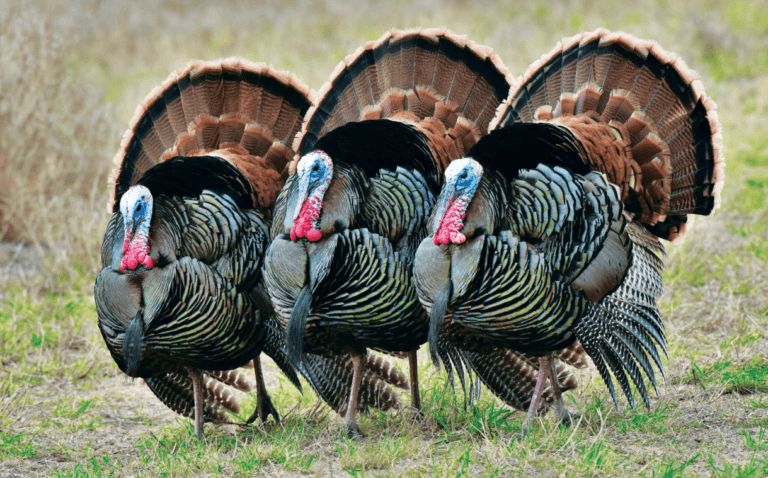By Jim Knox
The burst of movement caught my eye. A flash of chocolate-colored fur vaulted over the log with a spring-like gait before bunching up and launching toward the far end of the clearing. Its dense fur marked it as a creature of the northern forests.
Otter-sized yet with a bushy appearance, the creature puzzled me at first glance. When I saw it bound toward the wood line, its movement gave me a clue to its identity. Leaping with the energy and undulation of a weasel, this creature was indeed a weasel—a really big one!
The Fisher, Martes pennanti, is a creature of many names. Also known as, Fisher cat, Black cat and Pekan, the Fisher is a true carnivore yet one which rarely eats fish. was once a common creature of our southern New England forests. Well-known to settlers—and trappers of colonial New England, yet today, the creature is known by few. An arboreal member of the weasel family, the Fisher is built for the hunt and for life in the trees.
With a lithe body designed to hug trunk and limb, the Fisher’s powerful musculature is laid over a long, lean frame. Its dense dark brown coat with a stout grizzled head and neck and black legs and tail mark it distinctively, while its bear-like paws house retractable claws. It is these claws, along with its bushy, balancing tail, which facilitate the Fisher’s arboreal lifestyle.
As one of the very few mammals which is faster in the trees than on the forest floor, the Fisher is designed to chase fleet prey up to 80 feet above the ground. With the Fisher’s combination of speed, agility, and power, many prey species are on the menu. And while its main prey species are squirrels—which it can run down in the trees—rodents, shrews, Ruffed grouse, Snowshoe hare, opossums, raccoons, Striped skunks and even porcupines are taken by these swift carnivores! How could a creature possibly take on a porcupine and survive?
The answer to that question lies in the Fisher’s strategy. Not risking puncture by the porcupine’s unforgiving quills, the Fisher goes on the offensive, launching its attack on the hapless porcupine head on. With quick lunging bites at the porcupine’s vulnerable face, the large rodent is weakened by blood loss. With its prey compromised, the Fisher moves in quickly, using its paw to flip the porcupine, exposing its unprotected belly.
Yet, just when we think we know these relentless carnivores, they surprise us. When prey is less abundant than ripening fruit, these weasels consume berries, apples and Beechnuts, the Fisher shifts gears to sample the omnivorous life. With its reputation as a tough-as-nails fighter known to go head-to-head with bobcats and Canada lynx, the Fisher is not only tough, but it also possesses a veritable superpower which has caught the attention of medical science. It is one of the few mammal species with a remarkably low incidence of disease. It is this obscure, yet fascinating attribute that has made the arboreal creature a subject of much study.
Preferring closed canopy coniferous forests, this large weasel also dwells in thick deciduous forests from California’s Sierra Nevada to the Appalachians. Yet it hasn’t always been so. With unregulated hunting and clear-cutting of its forest habitat to feed the industrial needs of a growing New England, the Fisher’s numbers plummeted. With no protection and high demand for its soft, dense pelt, this medium-sized predator was hunted to local extinction in the Nutmeg State.
As with most things in nature, you don’t realize how much you need it until it’s gone. Recovering from mere fragments to blanket nearly two thirds of our state, Connecticut forests have rebounded strongly, and with them, the prime habitat of this hunter. Thanks to its unique attributes, the creature with disease resistance consumes the creatures which spread disease through overpopulation. It is this role that the Fisher fulfills which mark it as a species of indispensable benefit. Our New England wildlife agencies have recognized this and have conducted reintroduction efforts to bolster Fisher numbers.
Once a rarity in Fairfield County forests, the Fisher has made a strong comeback, and with it, a resurgence of true wilderness in our own backyard. Bringing both balance and resilience, the Fisher offers to teach us while fulfilling its role in the wild and human worlds. So, the next time you’re out on a hike, pay close attention to that mystery animal at the edge of the forest. It might just reveal more than you think.




